These are the best smart home devices of 2025, according to our team of experts
Take your home to a whole new level with these excellent smart home devices.
Smart home devices, also known as Internet of Things (IoT) technology, can be incredibly convenient, especially now that everything from your phone to your TV to your smartwatch communicates with each other. Whether it's a light bulb or a thermostat, these gadgets connect to your home network, giving you control whether you're on the couch or halfway across the globe.
It also doesn't cost much to get started with smart home devices either. You can always control them via the apps on your phone or through voice commands from a single smart speaker. Whether you're building a Google Home ecosystem or an Amazon Alexa smart home, these are some of the best smart home devices that'll work with either or both ecosystems.
What are the best smart home devices?
Why you can trust Android Central

Best smart light
Philips Hue has been a leader in the smart lighting space for years, offering excellent products and features to complement them. We like the Philips Hue White and Color Ambience smart bulb because it offers a full spectrum of white tones and rich colors, works over Bluetooth, and pairs easily with the Hue Bridge. This kit includes the bridge, which raises the price slightly, but it also allows you to expand your setup with additional Hue lights in the future.

Best standalone smart bulb
GE Cync bulbs are an excellent smart light option, worth considering due to their straightforward setup process, extensive list of features, and the fact that you won't need a hub to manage the lights. You'll get tunable whites, 16 million colors, and voice controls with your favorite voice assistant, all without the need for a hub. But they do lack a few features found on Philips Hue.

Best floor lamp
Similar to the Lyra Corner Floor Lamp from Govee, the Floor Lamp 2 is now Matter-compliant, taller, and significantly brighter. The product is positively received by over 1,000 buyers on Amazon. The Floor Lamp 2 works with Alexa and features a total of 82 scene modes and 10 music modes. The higher brightness of up to 1,725 lumens means you can illuminate a wider area in your home.
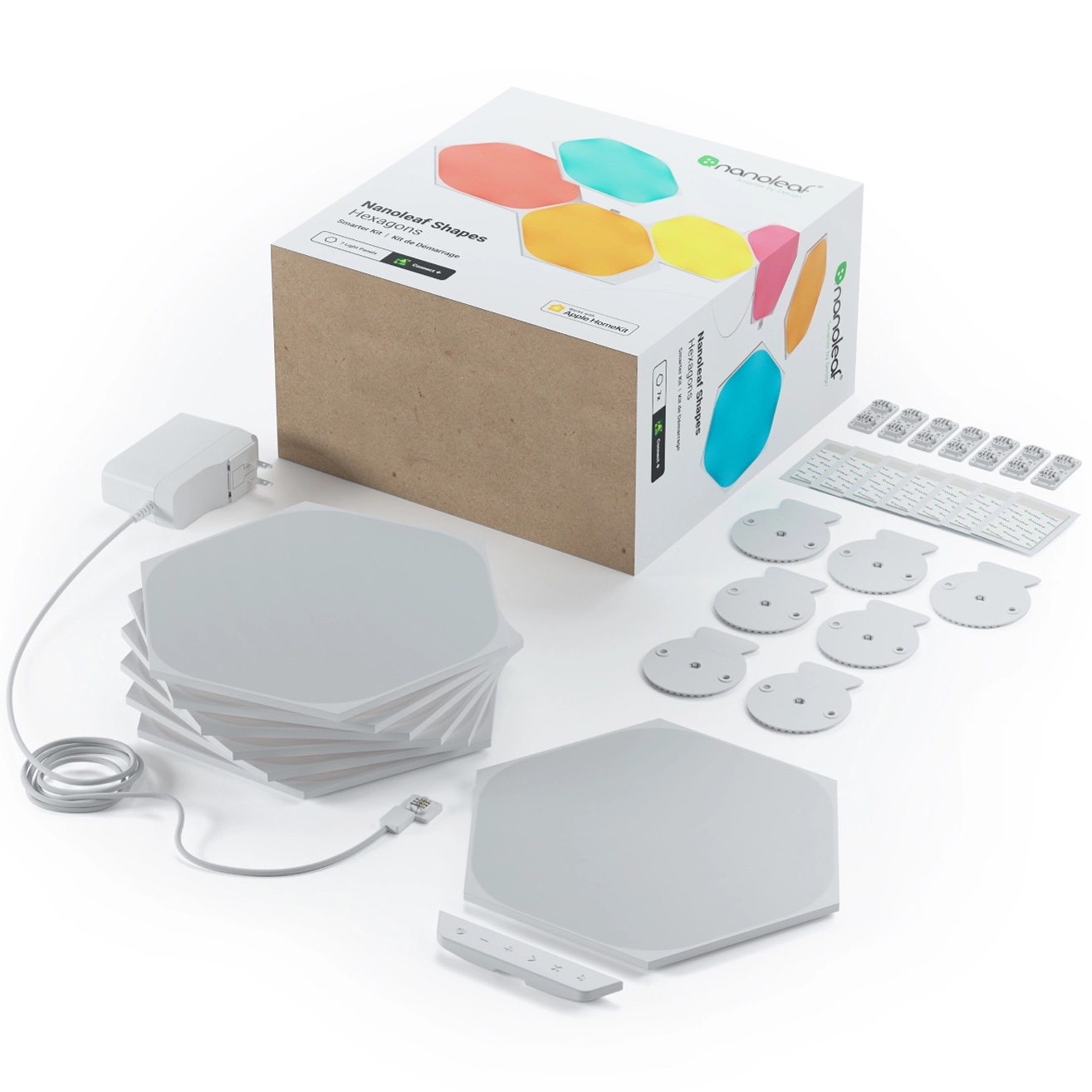
Best wall-mounted smart light
Nanoleaf is well-known for its unique lighting products, and the Shapes collection is one of the best options available from Nanoleaf. I call it a collection because you can mix and match hexagons, triangles, and mini-triangles to create the perfect lighting setup by mounting them directly to your wall. These are touch-sensitive, allowing you to control them with a swipe or tap. You'll have numerous customization options in the companion app, as well as voice controls with the most popular voice assistants.
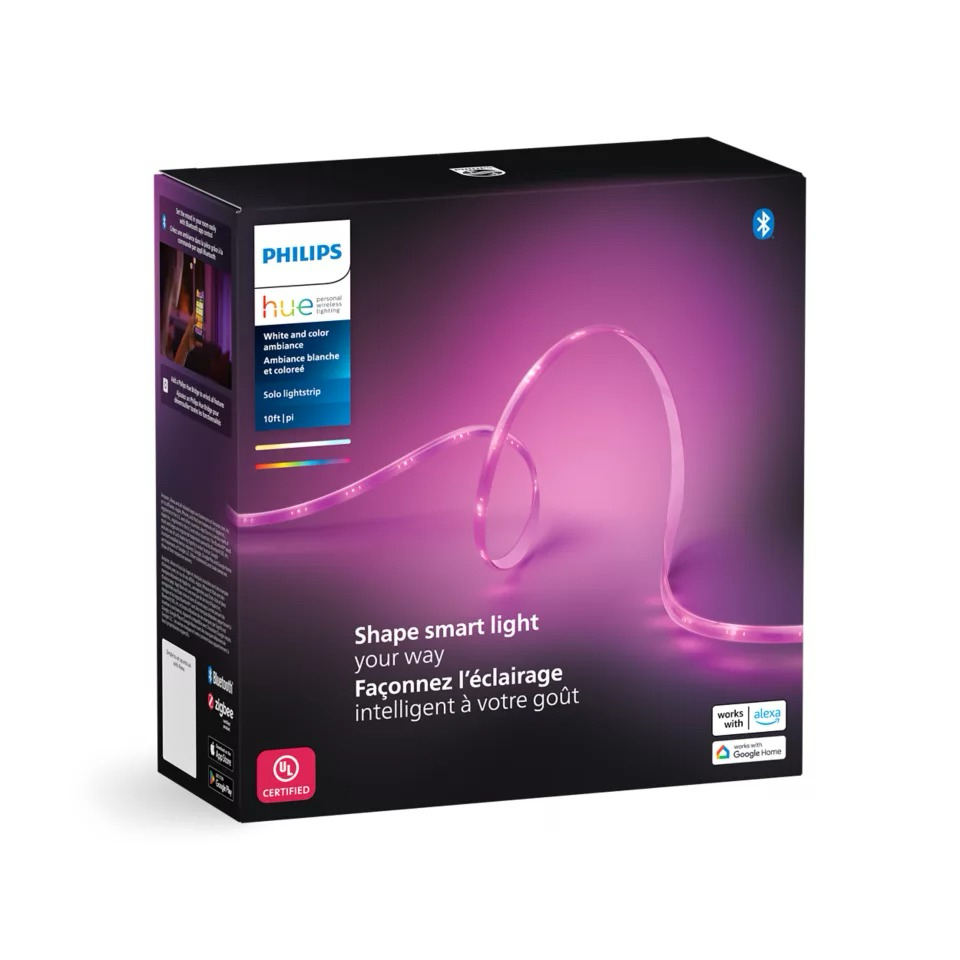
Best light strip
Light strips are perhaps only second in popularity to regular smart bulbs, and the best LED light strips offer flexibility in lighting options that those bulbs can't. The Philips Hue Solo Lightstrip provides the same basic functionality as their smart bulbs, but allows you to add ambient lighting to spaces where the bulbs cannot go, enabling you to achieve the perfect ambiance.
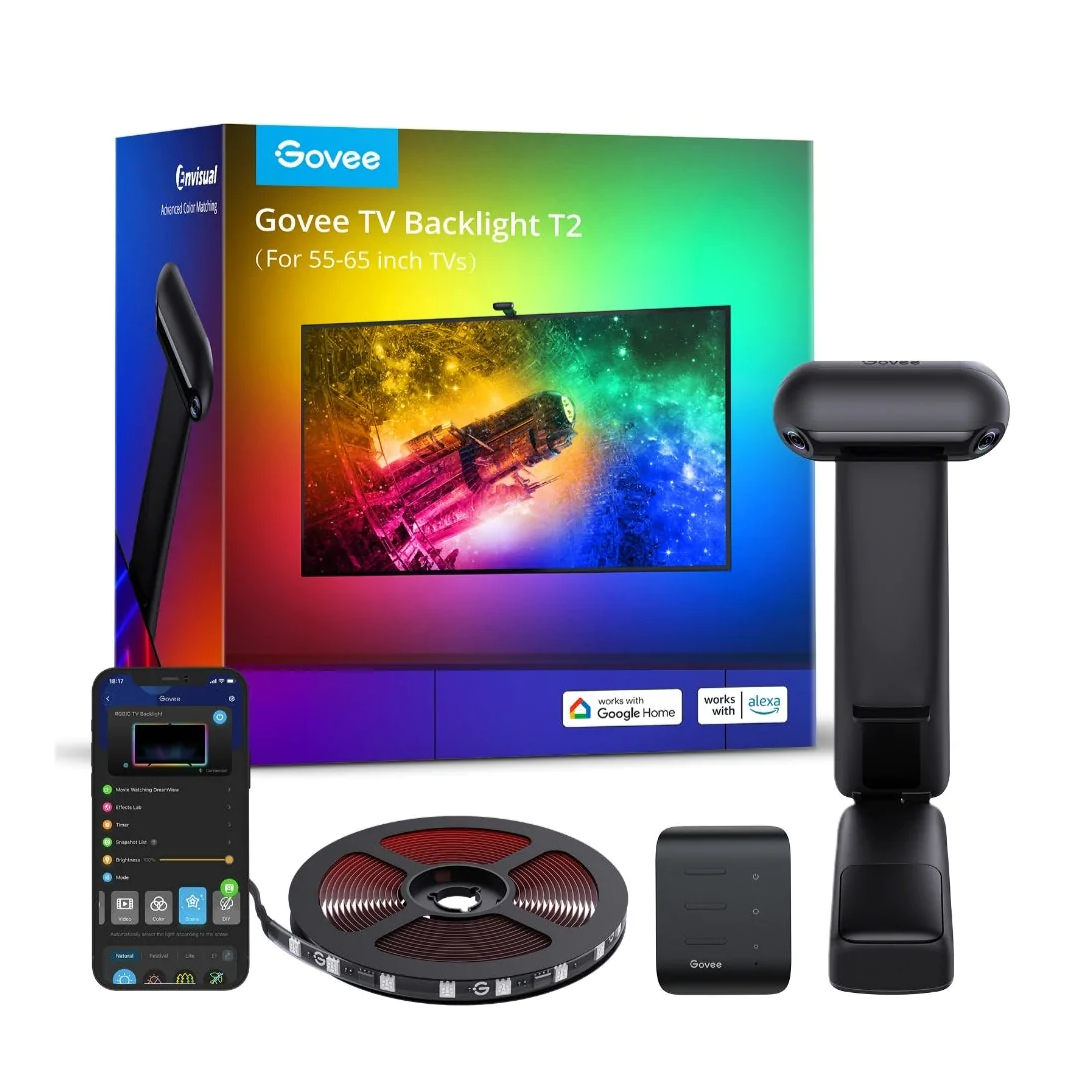
Best for entertainment centers
The best way to enhance your TV-watching experience is by adding the new Govee Envisual TV Backlight T2, which builds upon the original Govee Immersion TV Backlight. With the RGBIC light strip, you can enjoy a great light show that allows the light strip to display multiple colors simultaneously. It works with the dual 1080p camera to read what is happening on the screen and translates it into light to shine onto your wall, creating a more immersive viewing experience.
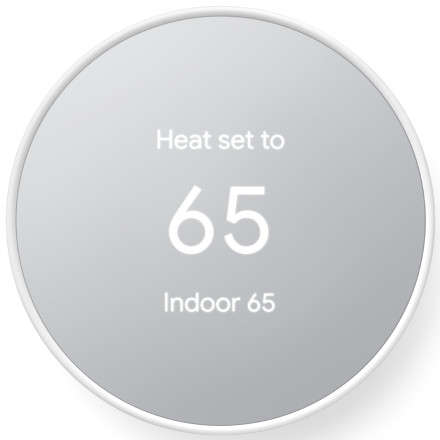
Best smart thermostat
Nest has a strong reputation for being one of the best smart thermostats since its launch years ago. The standard Nest Thermostat is a simple and sleek smart thermostat that's easy to set up and control using the Google Home app. You can save some cash thanks to the Nest Thermostat, thanks to rebates from power companies, as well as just setting a more sensible schedule. Nest Renew can even help you understand how your power is generated throughout the day.
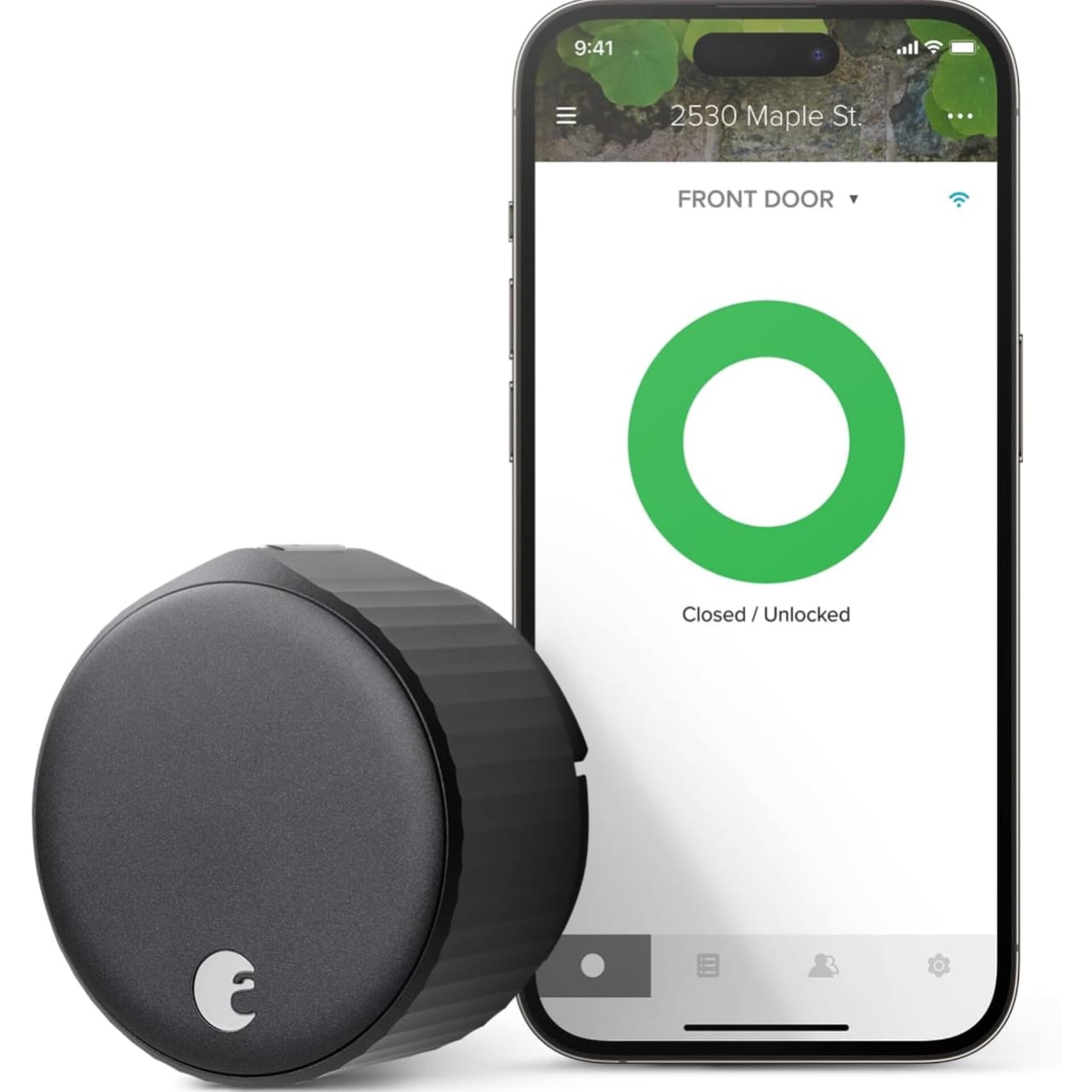
Best smart lock
When choosing the best smart lock for your home, you want one that is reliable, allows for remote control, and, most importantly, is secure. The August Home Wi-Fi Connected Smart Keyless Entry Door Lock is what you need and more. Thanks to the built-in Wi-Fi, you'll have control over your deadbolt from anywhere with an internet connection. The lock also features auto-lock and auto-unlock functions for times when you forget to lock your door on the way out of your house.
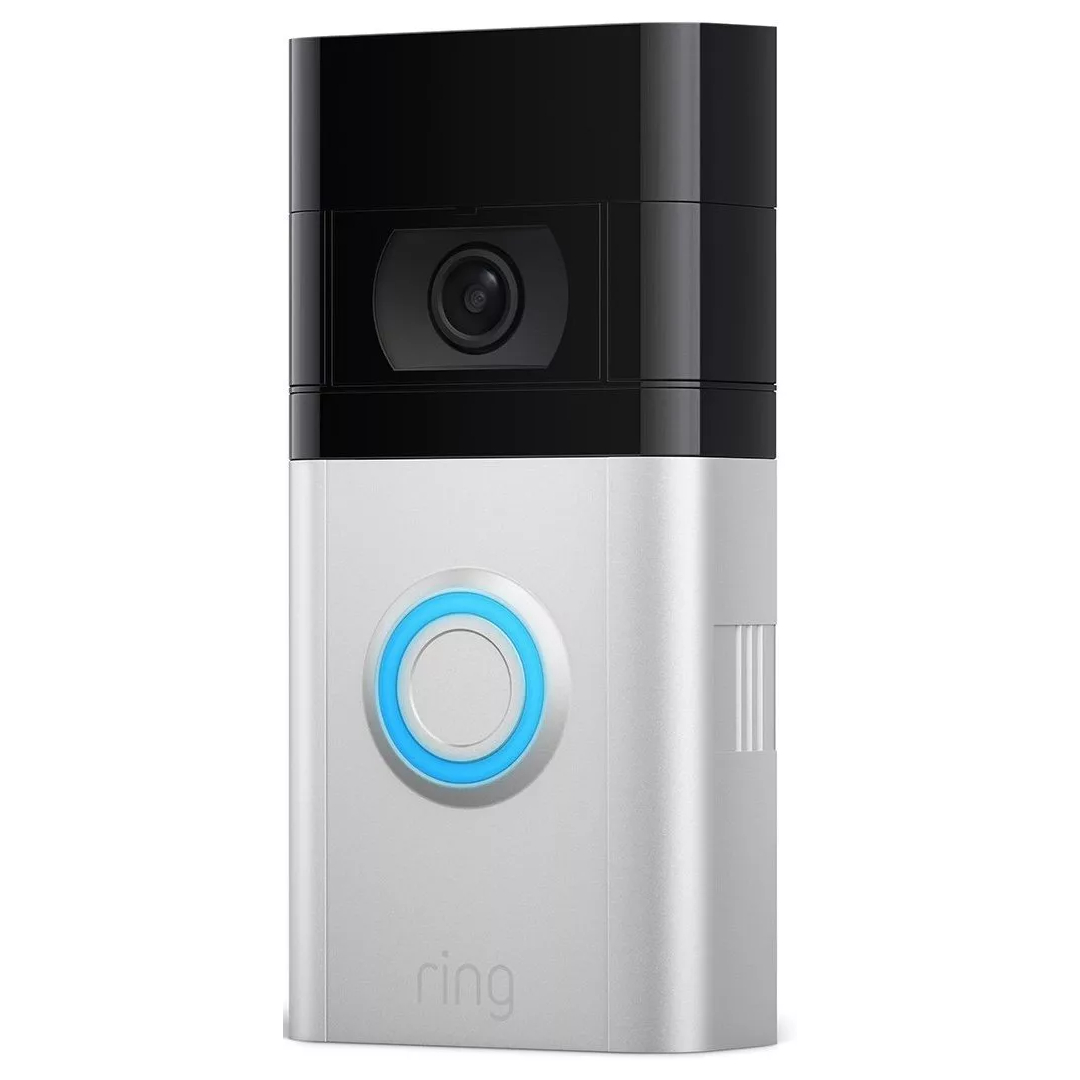
Best wireless video doorbell
These days, taking all necessary precautions to secure your home is essential. It's also more than simply locking it, and thanks to smart devices like the excellent Ring Battery Doorbell Plus, you can have even more peace of mind. Ring consistently makes some of the best video doorbells, offering a live video feed at any time, motion detection, and pre-roll to see what happened before an event. It even features a wide-angle lens, allowing you to see both someone's face and the package on the ground. Its wireless installation means you can use it in any home.
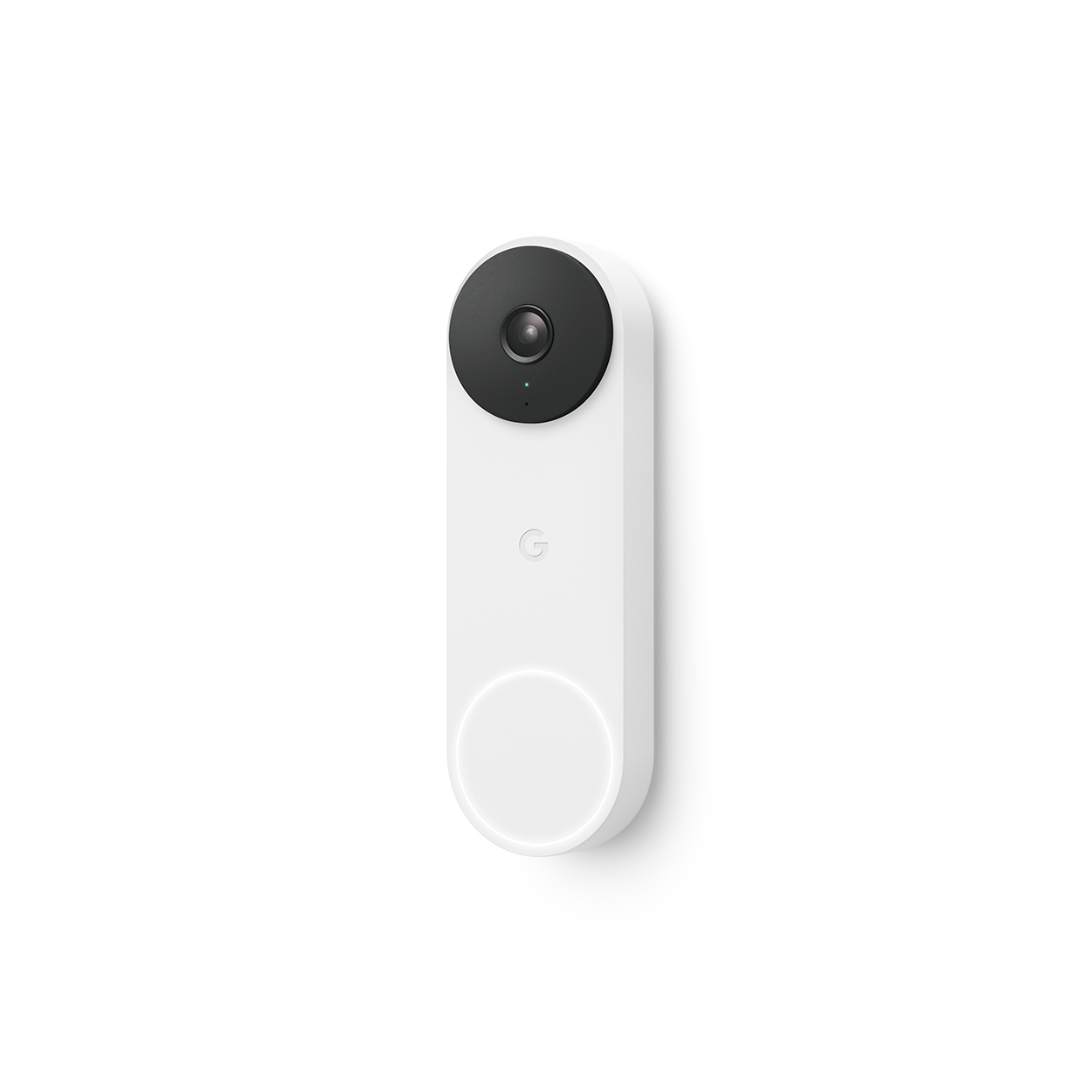
Best wired video doorbell
The third-generation Nest Doorbell brings a lot of helpful features to your front door by acting as more than a simple doorbell. The crystal clear video feed lets you quickly see what is happening at your door to help keep you in the know. It even has familiar face detection to let you know that your friend or a family member has arrived before they even ring the doorbell. While this version is battery-powered, you can pick up the Nest Doorbell (wired, 2nd gen) for additional features.
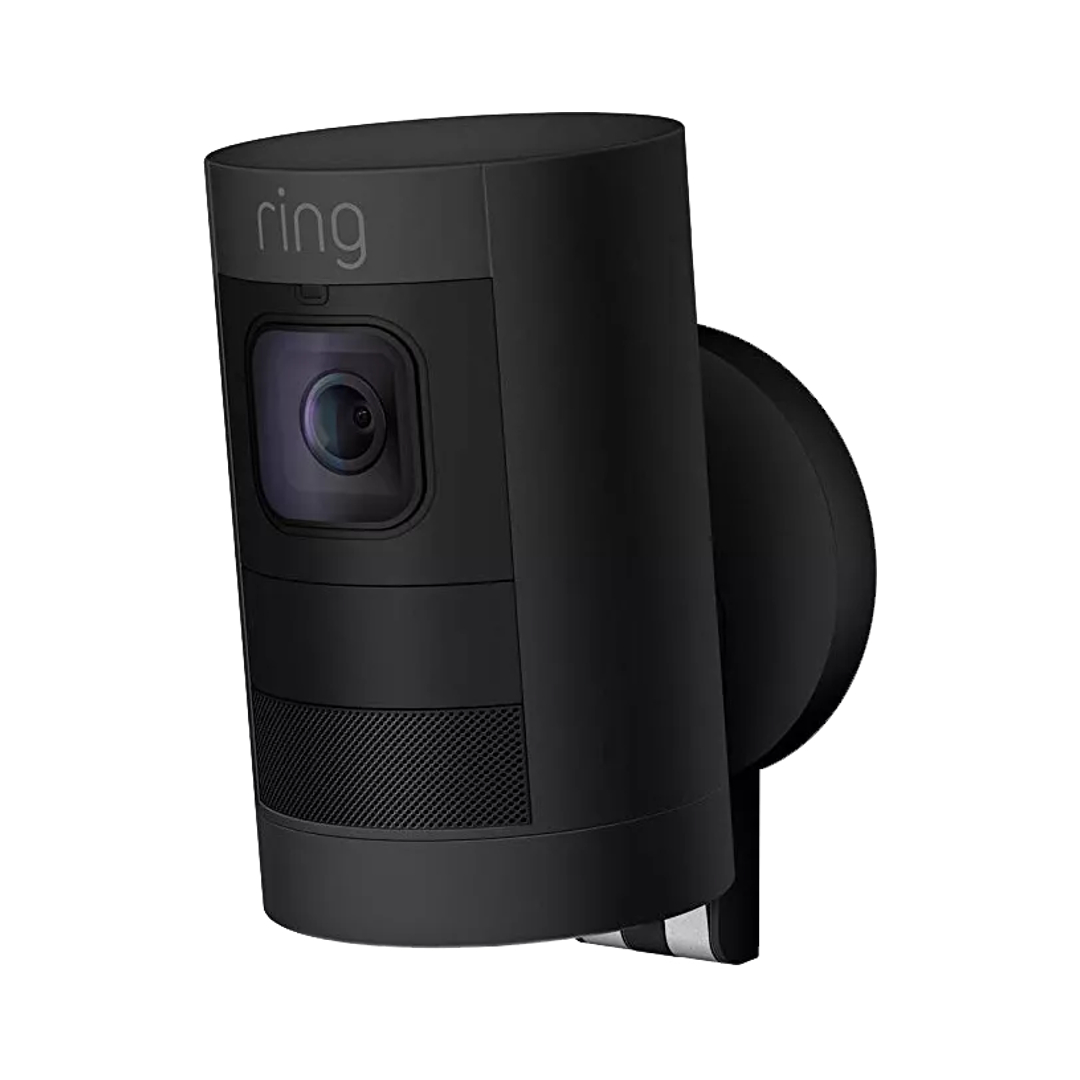
Best indoor security camera
The Ring Stick Up Cam is one of the best wireless security cameras for several reasons. One of the biggest is that you can mount it just about anywhere, thanks to the wireless setup. But if you have an outlet available and want to avoid recharging, it can be plugged in. You'll get end-to-end video encryption for enhanced privacy and security, and it works seamlessly with Ring's other products, such as lights.

Best outdoor security camera
While we had stopped recommending Eufy's cameras as of December 1, 2022, due to security issues, the company has since updated its privacy policy, making it clearer about which videos are encrypted and which are not. The eufy Floodlight Camera E340 camera skips the cloud entirely, handling storage and processing locally. While it's not wireless, the camera is completely weatherproof, features amazing video quality, and boasts a super-bright floodlight. This camera features two lenses: a wide-angle lens and a telephoto lens. When the camera sees activity, it can zoom in and follow the cause to ensure you see it all.
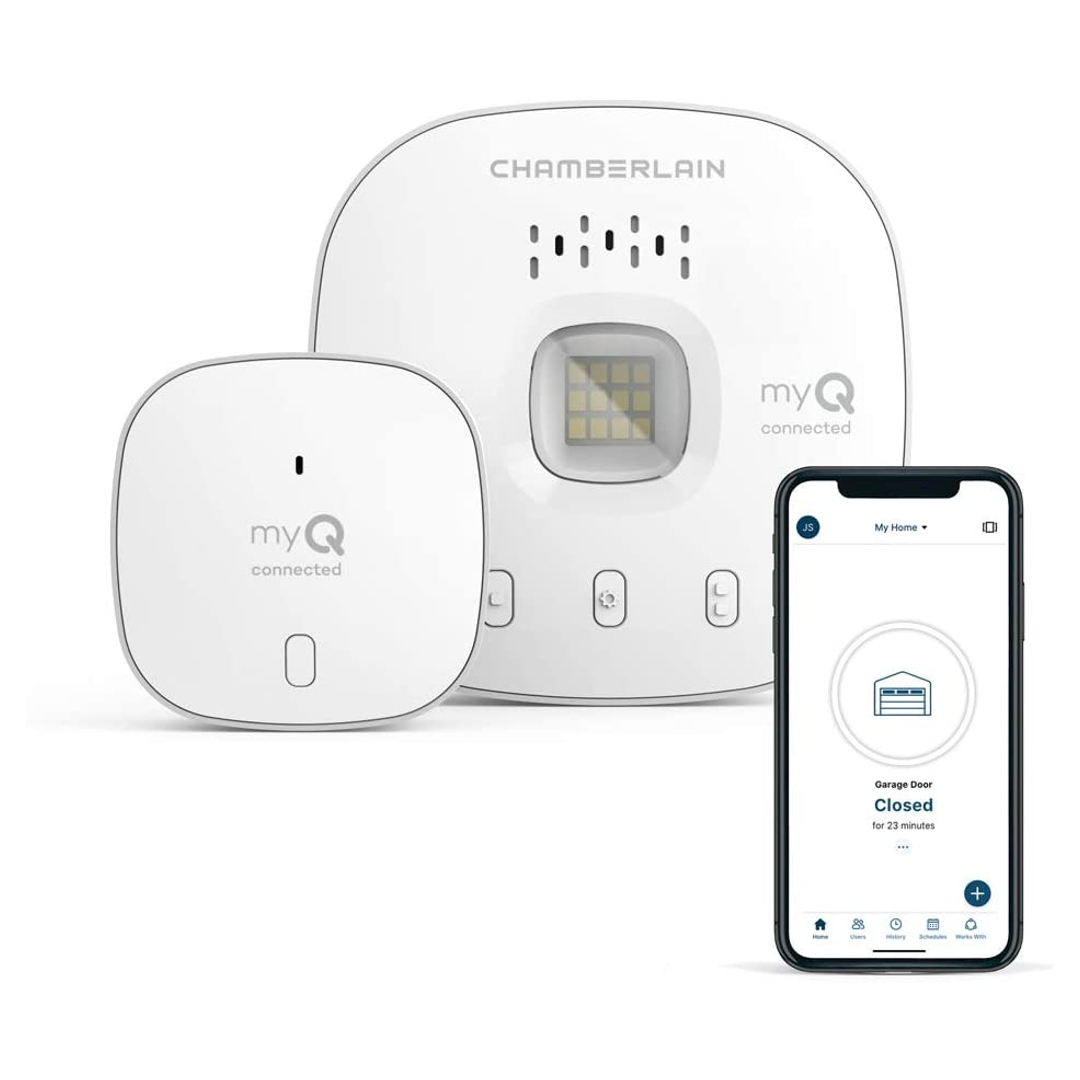
Best smart garage door opener
Garage doors, although necessary, have changed little in a long time. By adding the best smart garage door opener, the Chamberlain MyQ, you'll bring a major upgrade to your existing garage door. This smart garage door opener lets you remotely control the door, automatically open your door when you arrive home, and more. The MyQ works with Amazon Key, allowing your Amazon deliveries to be placed safely in your Garage and out of reach of porch pirates.
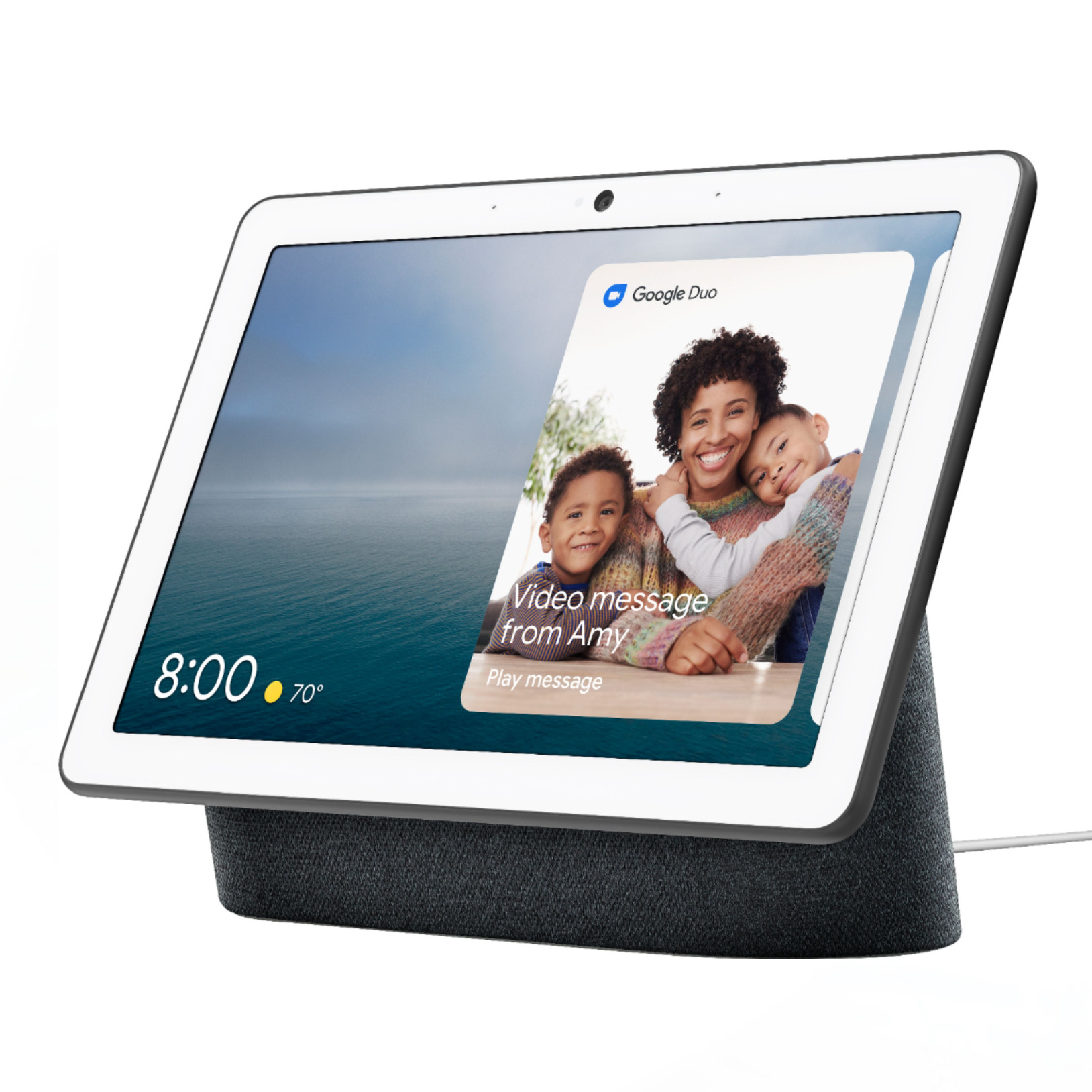
Best Google Assistant smart speaker
Although the Nest Hub Max is a bit on the older side of products, it remains the best Google Assistant speaker on the market. This is because it sounds good and has a great-looking display; it's also because of Google's continuous updates to it. From the fantastic video calling features to the gesture controls and much more, the Nest Hub Max, paired with Google Assistant, is the perfect combination.
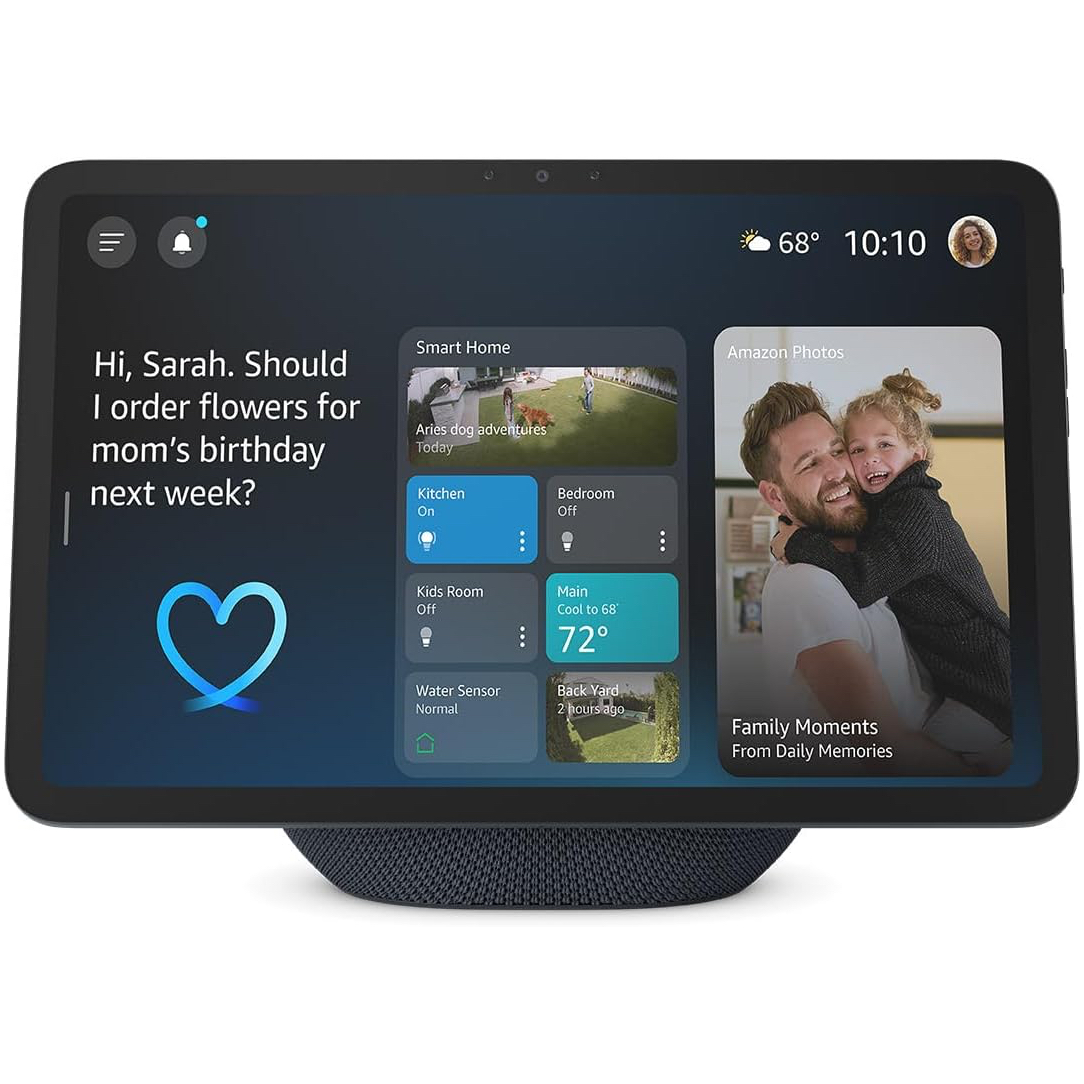
Best Alexa smart speaker
Amazon continually updates its best Alexa speakers with new versions and features, and the Echo Show 11 is the culmination of all that. This smart speaker boasts fantastic audio, and its 11-inch display offers some unique use cases. Amazon's latest flagship smart display is the ultimate smart home hub as it supports Zigbee and Matter, while also working as a Thread Border Router. Plus, the built-in microphones paired with the new spatial audio experience aim to ensure that any requests will be picked up and responded to with ease.

Best robot vacuum
Cleaning the floor can be time-consuming but oddly satisfying at the same time. The Roborock Q Revo makes cleaning more enjoyable by vacuuming and mopping the floor. The base station maps your home, avoids obstacles, and even handles multi-floor setups. Like the best robot vacuums, you can set a schedule, tell it to avoid certain areas, and dispatch it with your voice using Alexa or Google Home.
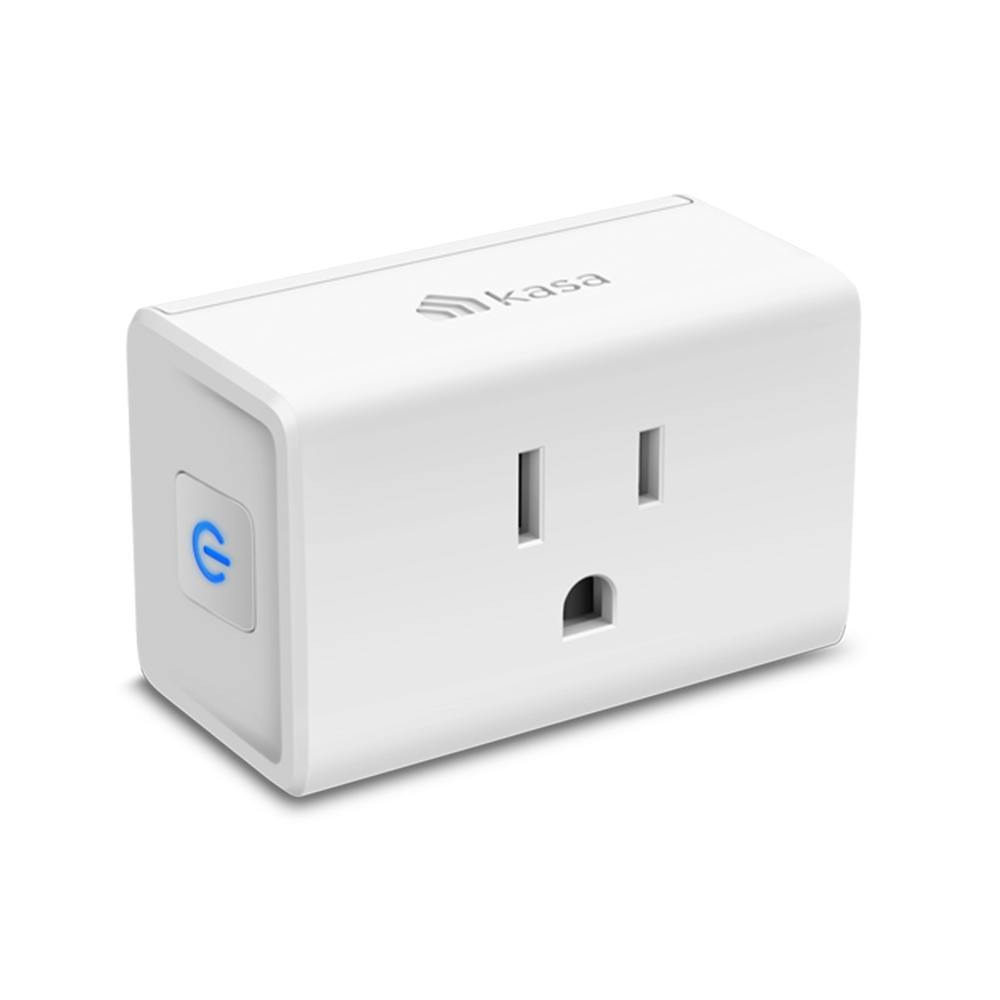
Best smart plug
Smart Plugs are a great way to add some smarts to devices that aren't. There are many excellent smart plugs available, but the Kasa Smart Wi-Fi Plug Mini offers rock-solid connectivity and several helpful features. Aside from connecting to Google Assistant or Alexa for voice controls, you can also manually manage the plug-in companion app. However, to really take it up a notch, you can use the times and schedules to automate tasks such as a fan, lamp, and more.

Best smart ceiling fan
SMAAIR smart fans work seamlessly with Google Assistant, Alexa, and Siri, allowing you to control them with any compatible smart home ecosystem. These smart fans can even be adjusted during the winter to push warm air, making life easier for your home's heating system. It features a dimmable light, a 10-speed DC motor for quiet operation, and can be used both indoors and outdoors, and also comes with a remote.
You deserve the best smart home gadgets
Whether you live in the countryside or the city, there are numerous ways to make your home smarter. By simply adding smart lights, you can not only add convenience and lighting flexibility to your home, but you'll also save money. Apart from popular brands like Govee and Philips, consider products from Sonoff as well. It's a smart home brand you may not have heard of, but they offer a good selection of DIY products, including smart switches, plugs, motion sensors, and more.
There are several advantages to having a smart home, including the use of a smart thermostat that adjusts the temperature when you're away and lights that turn off automatically. By connecting these devices to Google Home or Amazon Alexa, you gain access to a single app that manages all your smart home items, and you'll also enjoy voice control. Another option is Samsung SmartThings, which allows you to manage your devices and unlock even more automation options. These are the best smart devices available, regardless of where you are in your smart home journey.
Looking to dive deeper or maybe feeling a bit overwhelmed? You can start by looking at our guides to the best smart speaker and best smart display to get started.
Get the latest news from Android Central, your trusted companion in the world of Android

After almost a decade of working in the e-commerce space, Patrick Farmer (he/him) began his career at Android Central as a Deals and Commerce Writer before moving into a new role as AC's eCommerce Editor in 2023. When he's not hunting down the best deals and offering shopping advice for our readers, you'll often find him listening to music, camping out at a brewery, or treating his cat like a human child.
- Roydon CerejoContributor
- Andrew MyrickSenior Editor — Smartphones (North America), Chromebooks & Tablets
